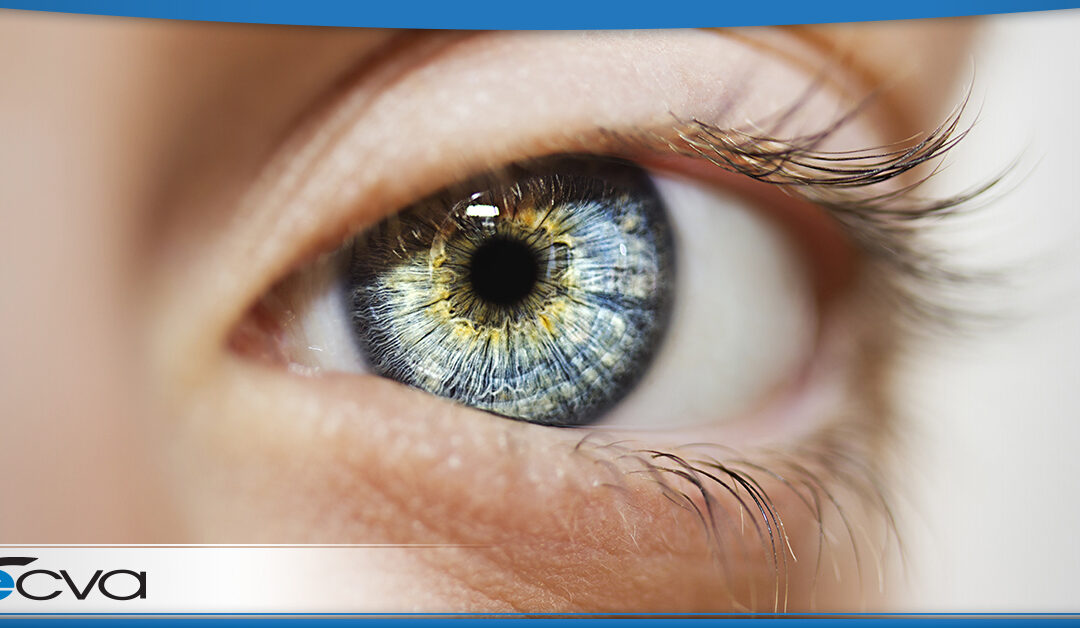
by ecvaeyeadminz | Sep 23, 2021 | Eye Health
At times, water eyes are simply an occasional annoyance. However, since excessive tearing (epiphora) can have various causes, watery eyes may also be a symptom of a medical condition. By understanding the various causes of watery eyes, you can find relief...

by ecvaeyeadminz | Sep 10, 2021 | Eye Health
Changes in eye color can be as captivating as they are concerning. By understanding what can cause eye colors to change, you can determine if what you’re experiencing is typical or if you should see a visionary eye doctor. Here is a look at common causes of...




